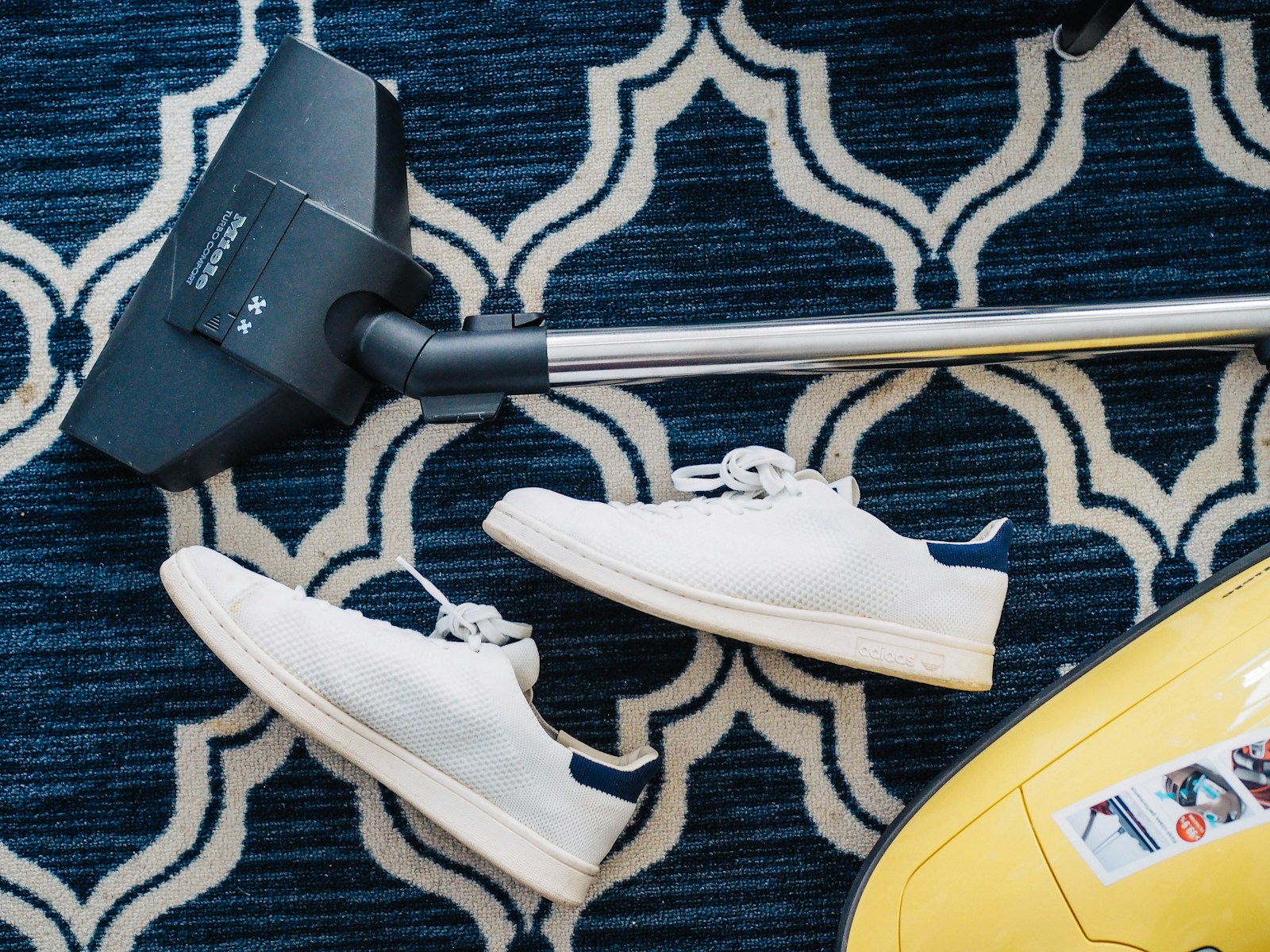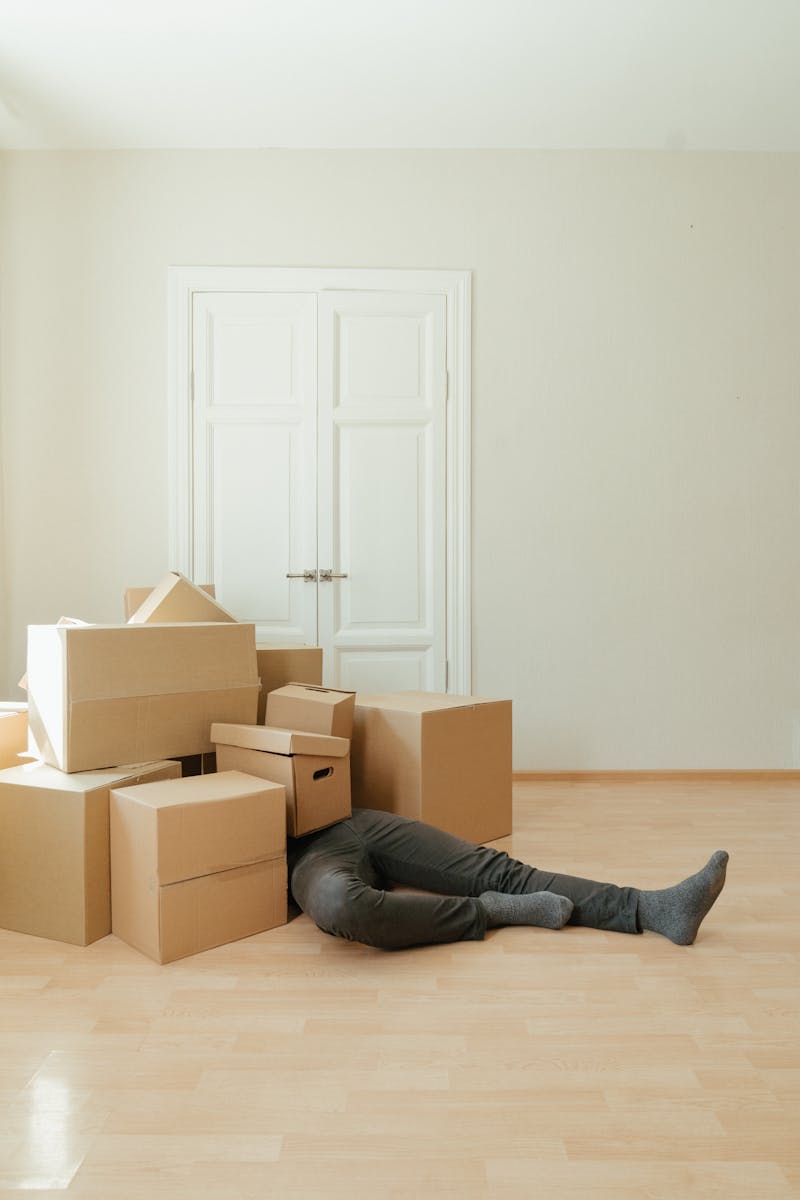Water leaks can create significant troubles for homeowners. This is especially true in Japan, where homes are often constructed with wood and other traditional materials. The damage caused by water can lead to serious issues, so it’s essential for homeowners in Japan to be well-informed about water leak repairs. This article will go over the typical causes of leaks, how to prevent them, what the repair process entails, and when it’s time to call in professionals.
Typical Causes of Water Leaks
To stop leaks before they happen, it’s essential to understand what causes them. Here are some common reasons for water leaks in Japanese homes:
- Roof Issues: In Japan, heavy rainfall—particularly during the monsoon months—can cause leaks in roofs. Older rooftops or improperly positioned shingles can let water seep through.
- Plumbing Problems: Aging pipes, rusted connections, or bad installations can lead to leaks within the plumbing system, a common problem in older residences.
- Cracks in the Foundation: Due to Japan’s susceptibility to earthquakes, over time, foundation cracks can open up, allowing groundwater to enter the home.
- Faulty Window and Door Seals: When windows and doors aren’t sealed properly, rain can enter during storms. High winds can worsen this problem.
Indicators of Water Leaks
Recognizing a water leak early can save you time and money. Here are some signs that may point to a leak:
- Discoloration on Walls or Ceilings: Water stains in these areas can be one of the first warning signs of a leak.
- Mold and Mildew: If you start seeing mold or mildew in spots that are usually dry, it might mean there’s a hidden leaking pipe or other issue.
- Unusual Increase in Water Bills: If you notice your water bill increasing unexpectedly without changing your usage habits, it could indicate a leak.
- Damp Smells or Spots: If you detect unpleasant odors or notice damp patches on walls or floors, these might be signs of moisture buildup which happens from a leak.
How to Prevent Water Leaks
Being proactive is crucial for preserving your home’s stability. Here are some effective ways Japanese homeowners can prevent leaks:
- Routine Inspections: Regularly checking your roof, plumbing, and foundation can prevent minor problems from turning into major ones.
- Clear Gutters and Downspouts: Make sure gutters are free from debris. Downspouts should direct rainwater away from the home’s foundation.
- Weatherproof Windows and Doors: Keep an eye on the weather stripping around windows and doors and replace it as necessary to prevent water from seeping inside.
- Quality Building Materials: When constructing or renovating, use high-quality materials that won’t easily succumb to water damage.
The Repair Steps
Once a leak is found, swift action is needed to reduce any damage. Repairing a leak typically involves several steps:
1. Locate the Leak Source
Before any repairs can start, you’ll need to find where the leak is coming from. Check various parts of your home, including attics, basements, and areas around pipes and fixtures.
2. Determine the Extent of Damage
After locating the leak, evaluate how severe the damage is. Look for structural harm, any mold that might be growing, and what repairs might be needed for walls or ceilings.
3. Make Temporary Repairs
If you can’t complete repairs immediately, creating temporary fixes can help. You could use tarps to cover leaking roofs or epoxy putty to seal small plumbing leaks until lasting repairs can be made.
4. Proceed with Permanent Repairs
Depending on how serious the leak is, you may need to:
- Repair the Roof: This might involve replacing damaged shingles or fixing areas where roofing meets walls.
- Fix Plumbing Issues: For smaller leaks, changing fittings or parts of pipes may be enough. For bigger problems, contacting a plumbing professional may be necessary.
- Address Foundational Damage: If major cracks are found, consulting a structural engineer might be needed for complex problems.
5. Restore Affected Spaces
Once repairs have been performed, remember to restore any impacted areas by painting walls, replacing flooring, or whatever else is necessary. Make sure to remove all moisture to stop mold from growing.
When to Get Professional Help
Some homeowners might feel capable of handling small repairs yourself, but certain conditions call for expert intervention:
- Serious Structural Damage: If leaks have caused considerable structural changes or a lot of mold growth, it’s essential to engage professionals who are skilled in dealing with water damage.
- Complex Plumbing Matters: For intricate plumbing situations that go beyond minor fixes, it’s crucial to defer to licensed plumbers.
- Problems with the Foundation: If you notice severe issues with your foundation due to leaking, it’s advisable to contact a structural engineer as soon as possible.
Conclusion
Water leaks can create extensive challenges for homeowners in Japan. However, knowing their causes and the right actions to take can minimize both damage and repair costs. Regular maintenance and a quick response upon discovering leaks are key ways to protect your property effectively.
If you need more guidance on home repairs and preventing water damage, visit 漏水修理. This online resource can connect you with experts who can assist you in managing these situations effectively.
By taking steps to prevent leaks and acting immediately when they occur, homeowners can better ensure their homes stay safe from the dangers of water intrusion.





